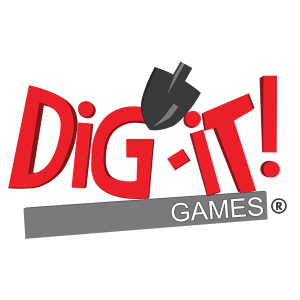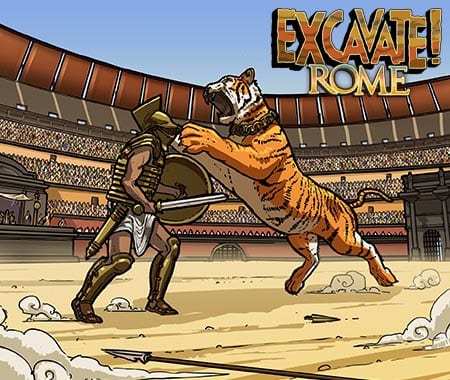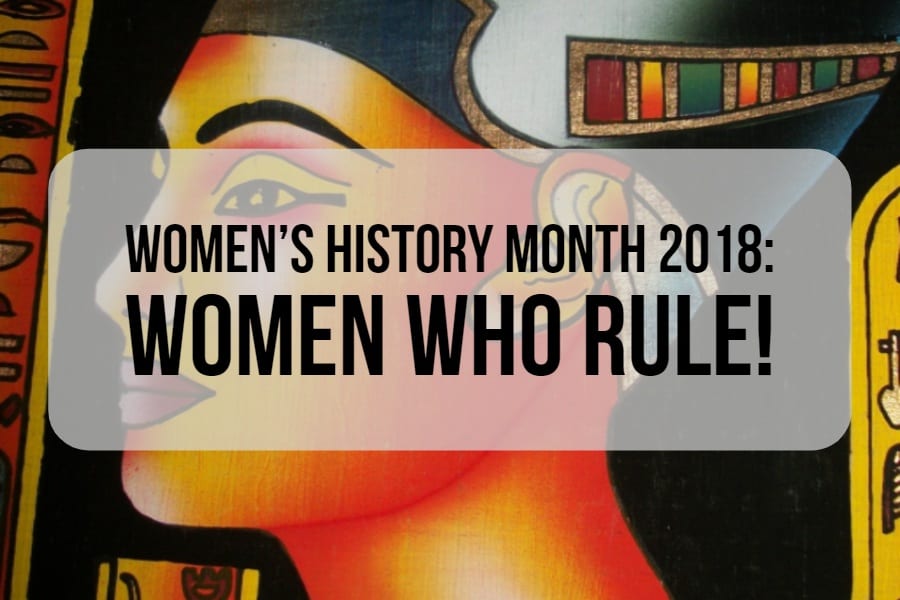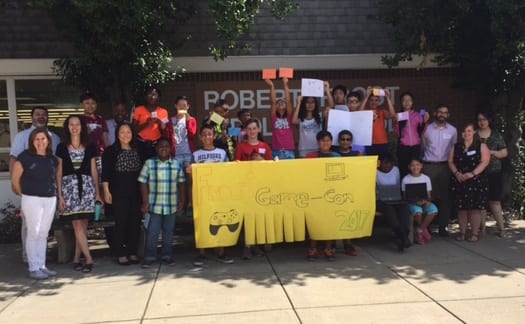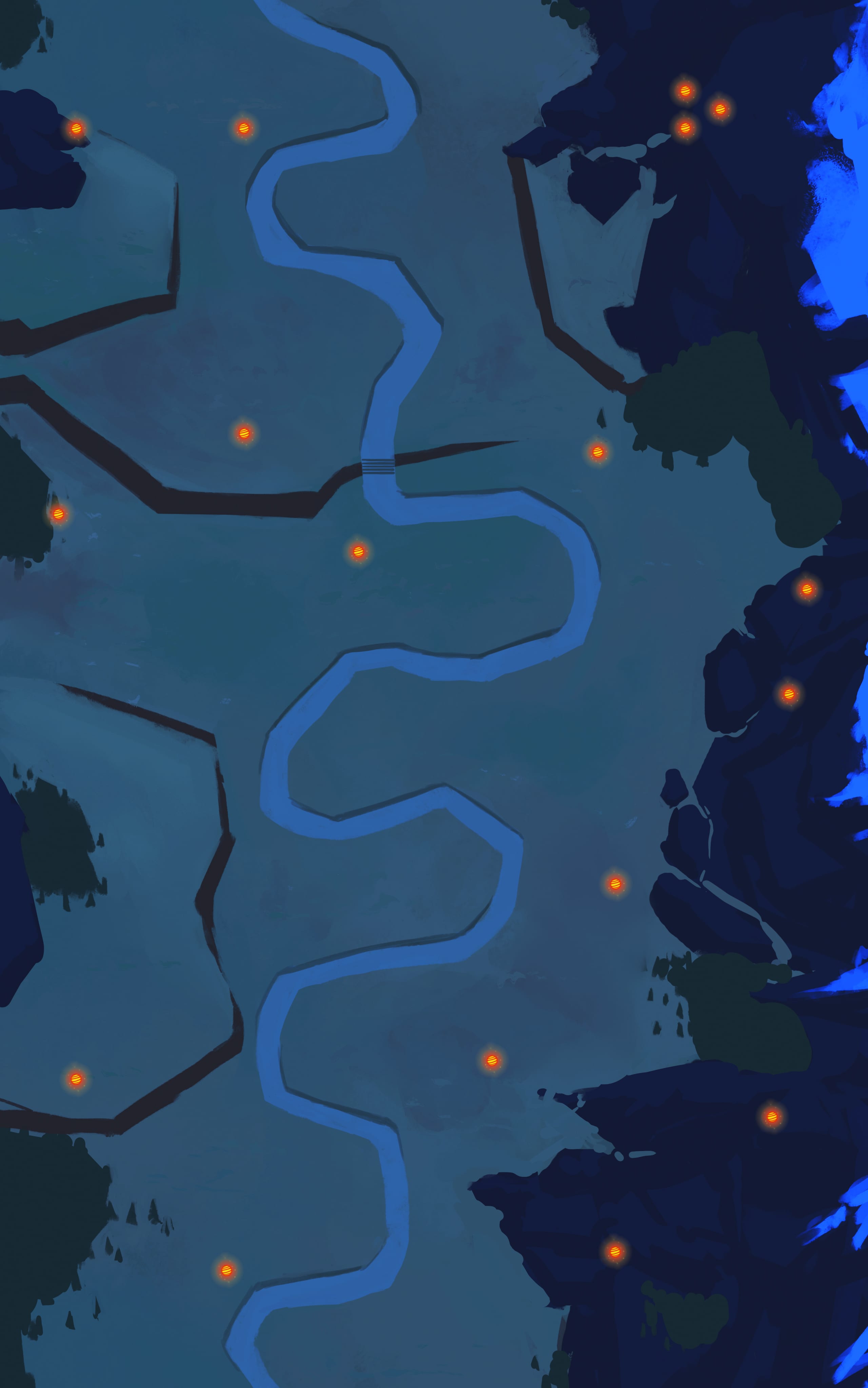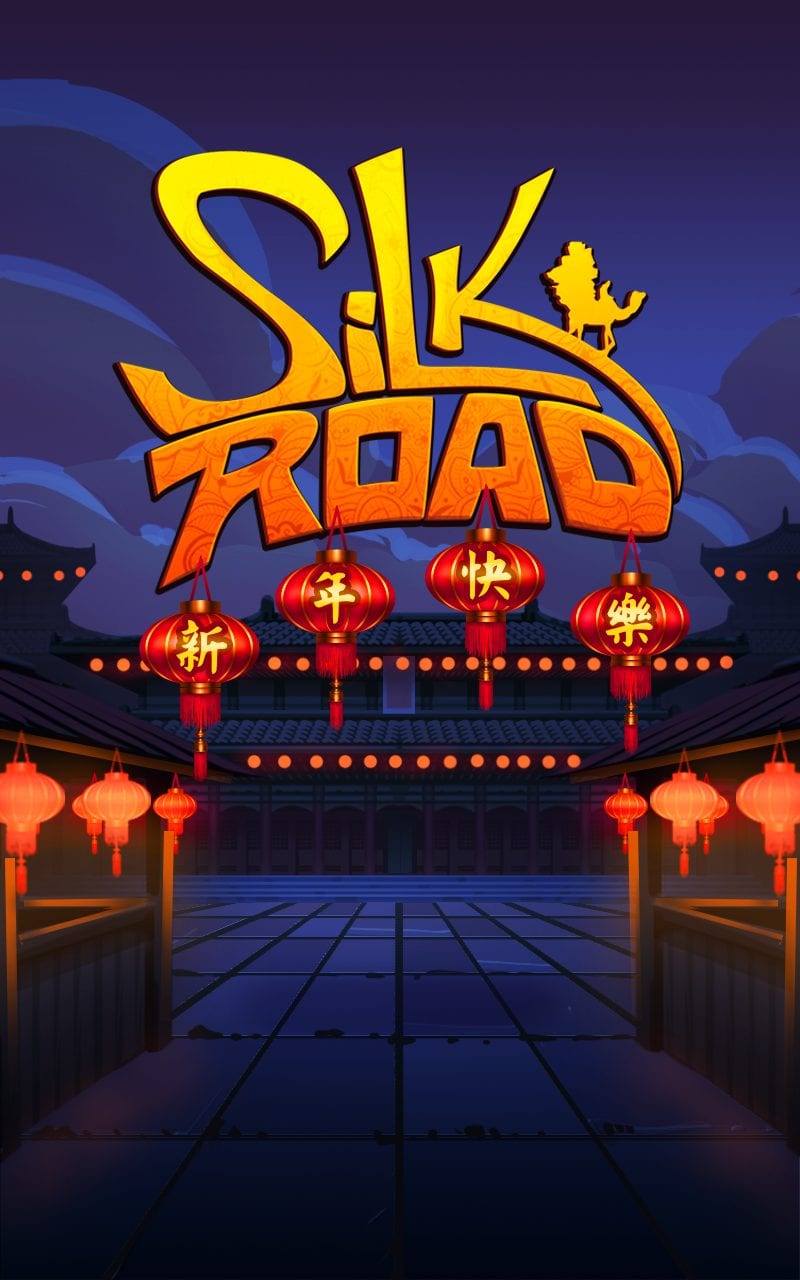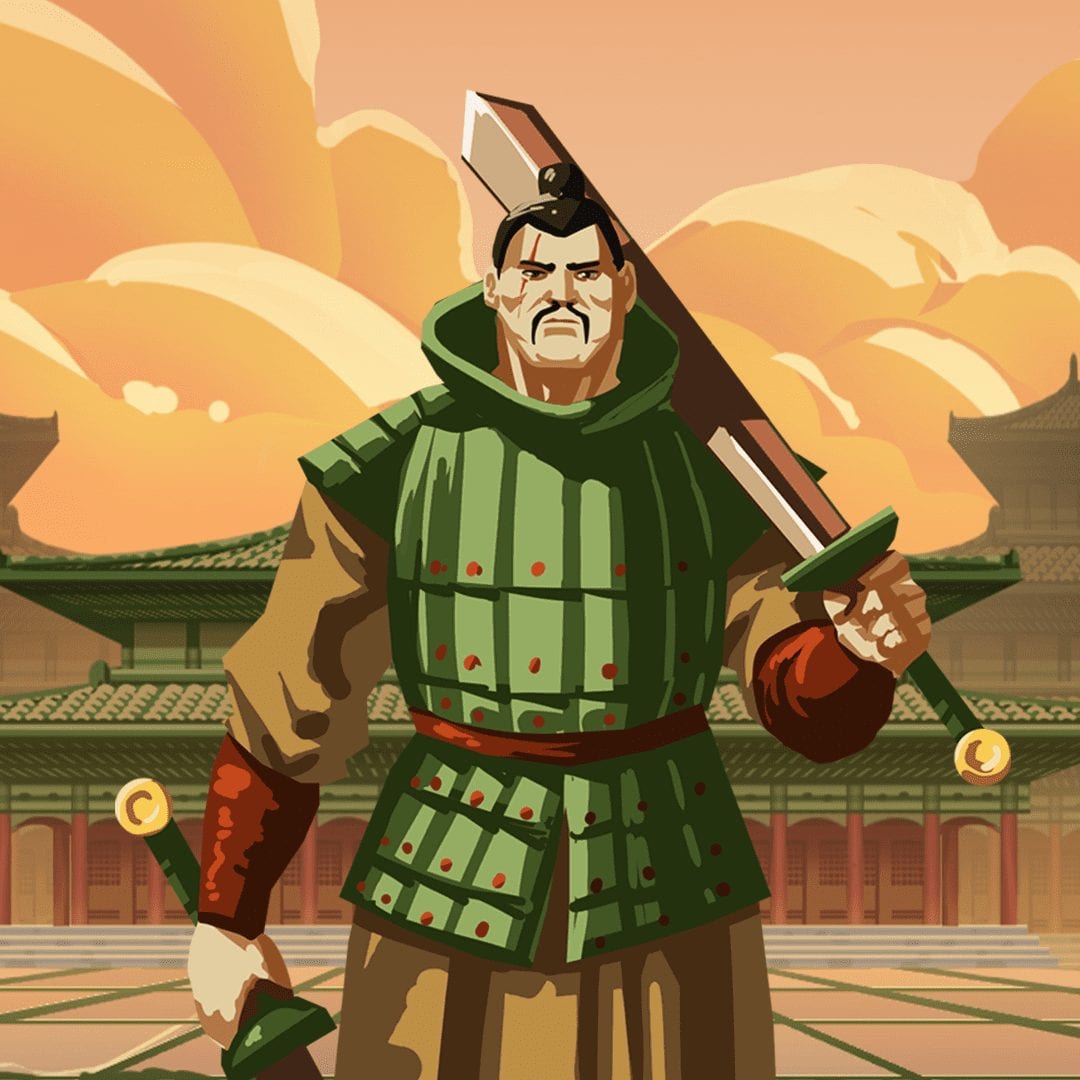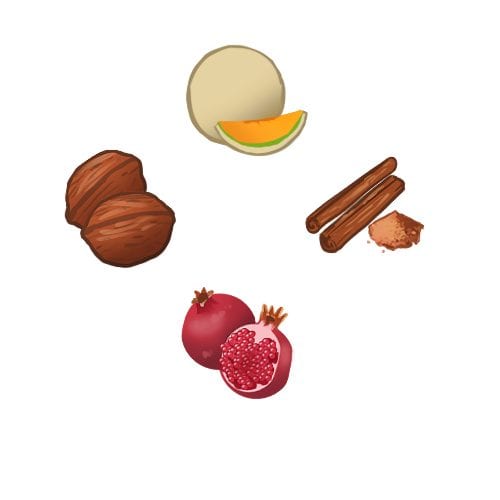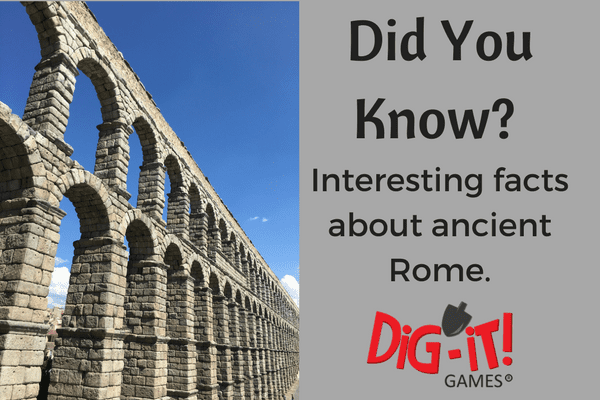Stress Relief Games to Play
It’s that time of year. The temperature is dropping, leaves are changing color, and stress is racketing up. Even if you like the fall and winter, the lack of sun and cold weather can make days seem drearier and your work seem bigger. For those stressful times, you need to have a good strategy to calm yourself down. Meditation, calming teas, or even some time spent with your pet all work to help you deal with any stress in your life.
However, we love games. So, when we’re stressed, we often turn to some soothing games that can help us focus and relax. Here are a few recommendations you can take when you need some stress relief on the go!
Flow
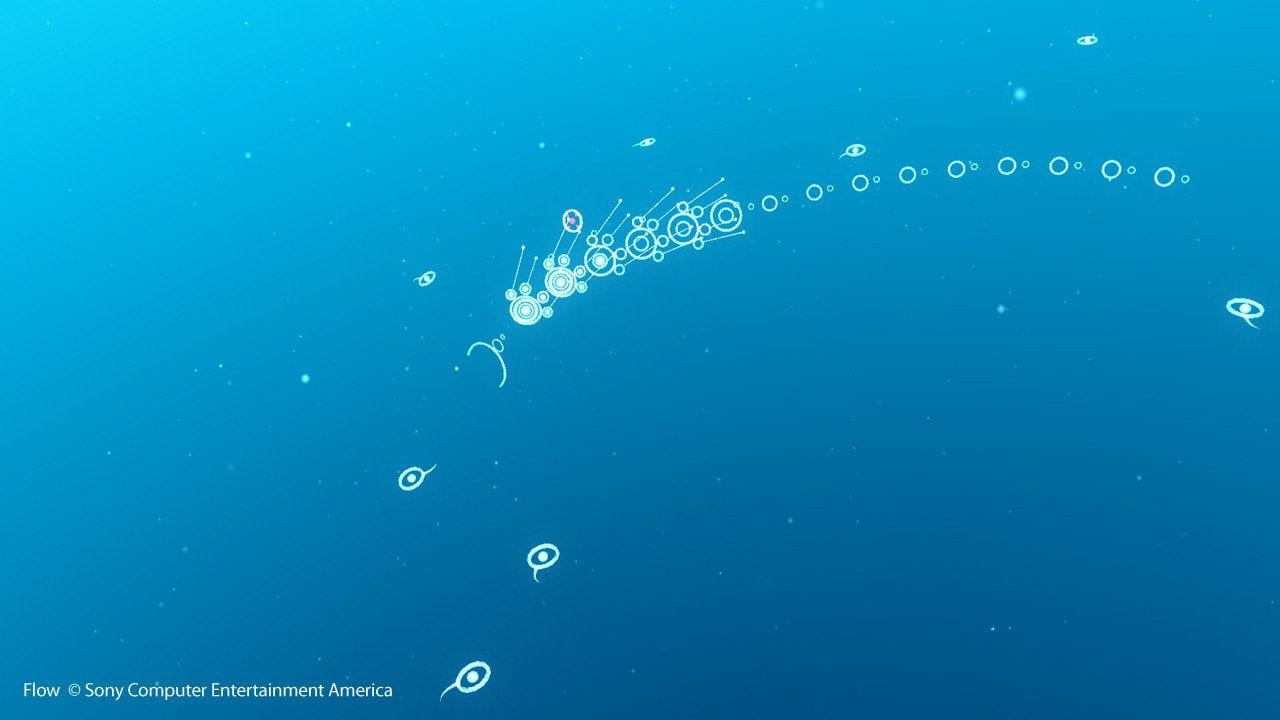
Flow is a soothing indie game available on PlayStation platforms and online. The player navigates a 2D plane, trying to evolve their organism while consuming other microorganisms. The whole premise comes from the idea of mental immersion or flow. Let yourself get lost in the soothing routine of growing and shrinking and growing again. The pattern and calming colors will help you with stress relief.
Two Dots
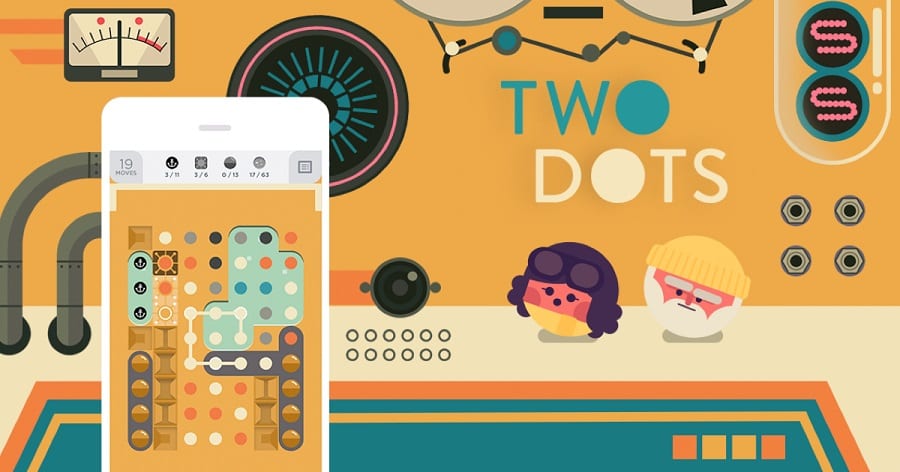
Two Dots is a puzzle game where you take on the role of two brave dots travelling through the world. It’s got a soothing soundtrack, beautiful designs, and challenging puzzles. Give yourself the satisfaction of solving these challenges on the go. Two Dots can be played on both iOS and Android, so everybody can get into this unique and entertaining puzzle game.
Prune
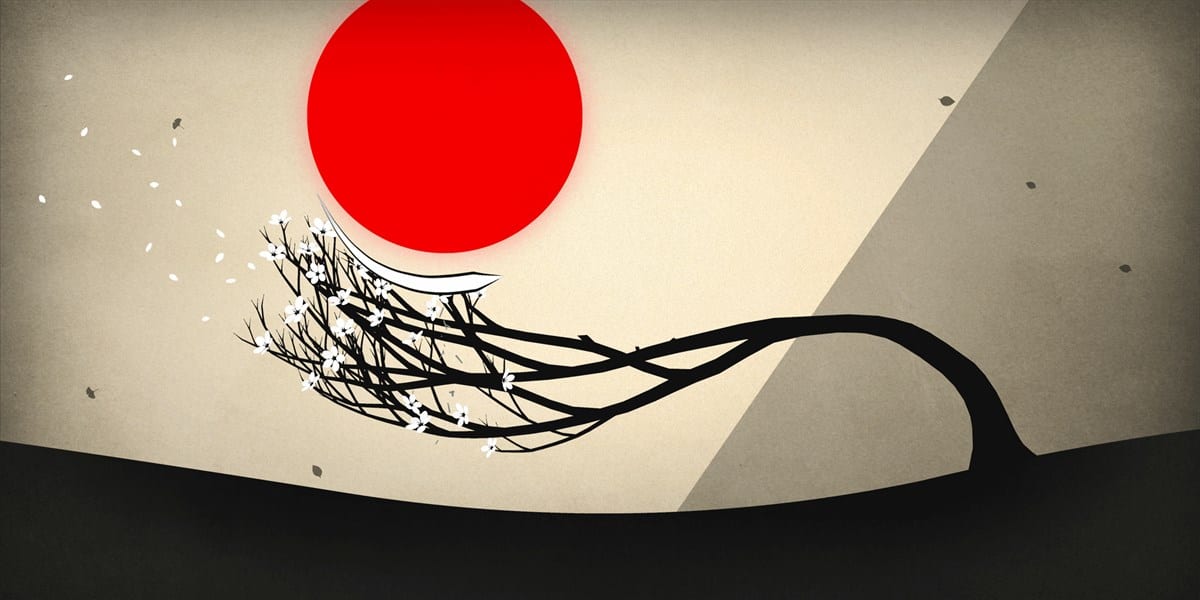
Prune is a game where you “cultivate what matters [and] cut away the rest.” That’s a great technique to keep in mind when it comes to stress relief as well. Help the tree grow by cutting away what’s weighing on it and helping it thrive. Play the game on iOS on Android for when you need a burst of calm in your day-to-day life.
Silk Road Match 3
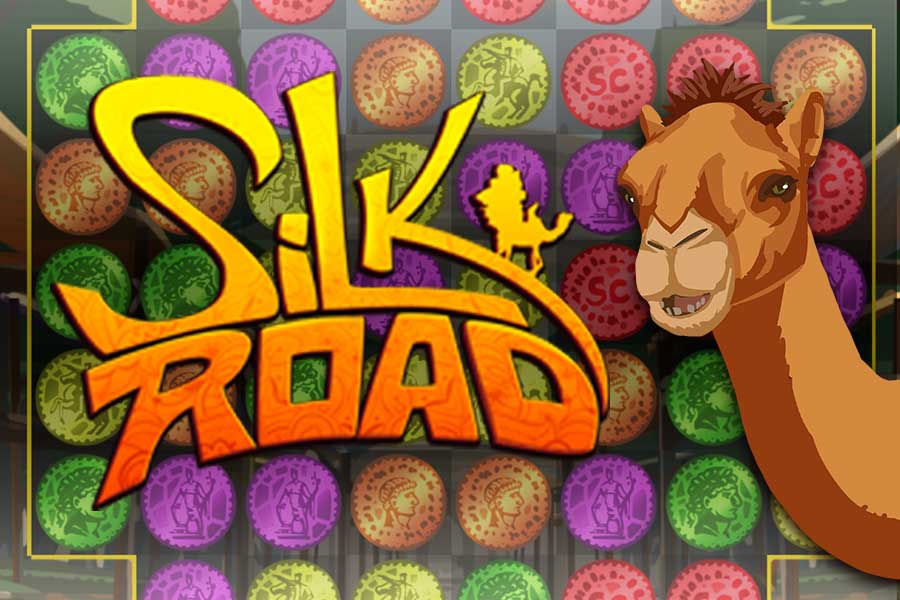
We’d be remiss if we didn’t mention our very own Matthias and his game Silk Road Match 3! Take your camel friend on the go on your phone and make progress in the game as you make progress on your commute. The match 3 puzzles both challenge and distract you, giving your mind and reflexes a workout while making the train time go faster.
Matthias is the best stress relief, offering fun trivia and funny comments as you get ever closer to becoming the most famous trader on the Silk Road. Download it from your chosen app store today.






 Our discussions around creating a game environment where the ground literally moved under a character’s feet brought immediate connections to
Our discussions around creating a game environment where the ground literally moved under a character’s feet brought immediate connections to  Roterra’s story sprung from a confluence of art and literature. From the Odyssey to Shakespeare, folk tales from throughout history showcase the hero’s journey to control the chaos around him.
Roterra’s story sprung from a confluence of art and literature. From the Odyssey to Shakespeare, folk tales from throughout history showcase the hero’s journey to control the chaos around him. 

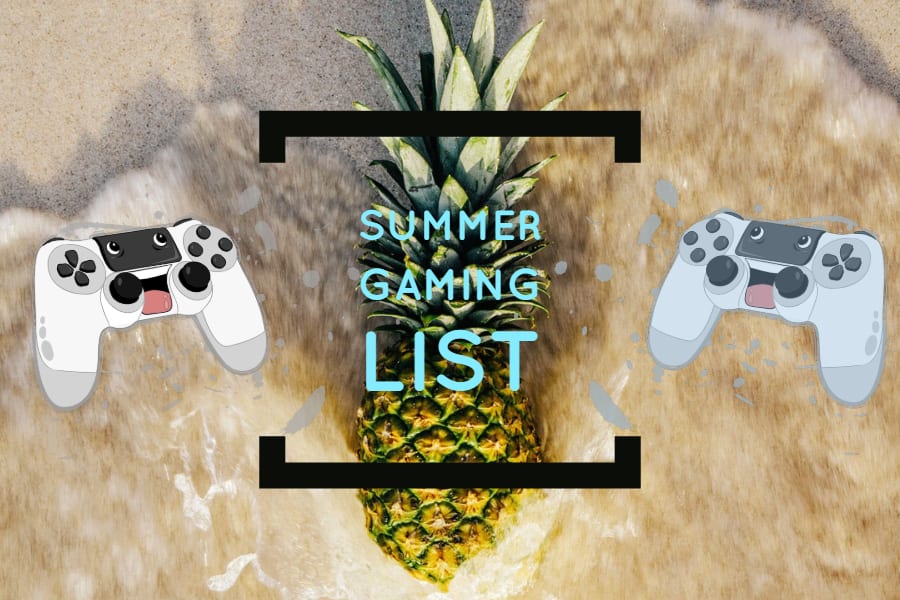

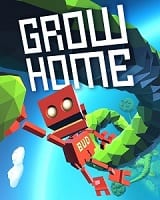


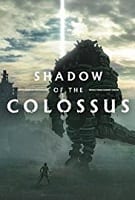
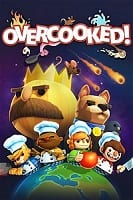
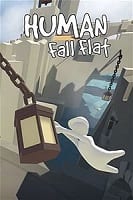

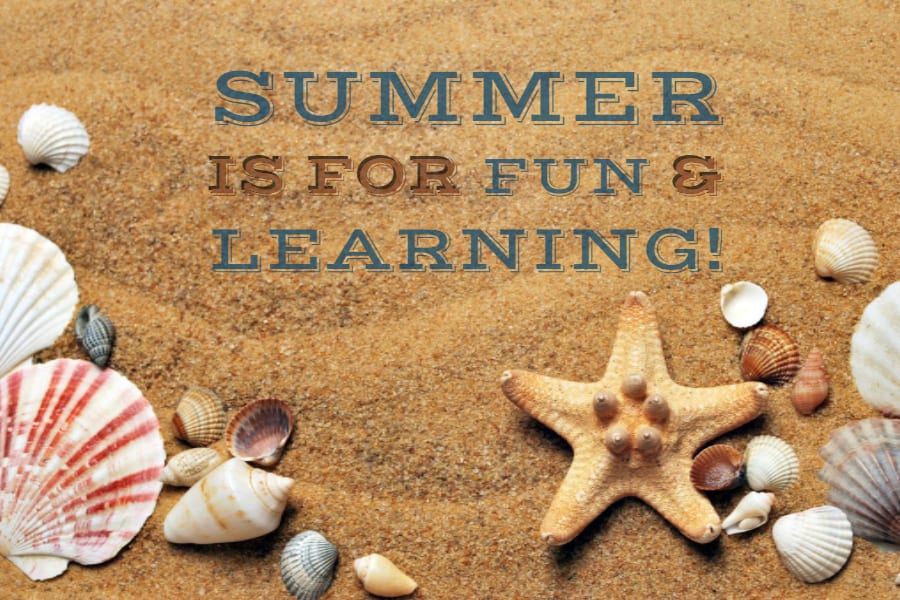








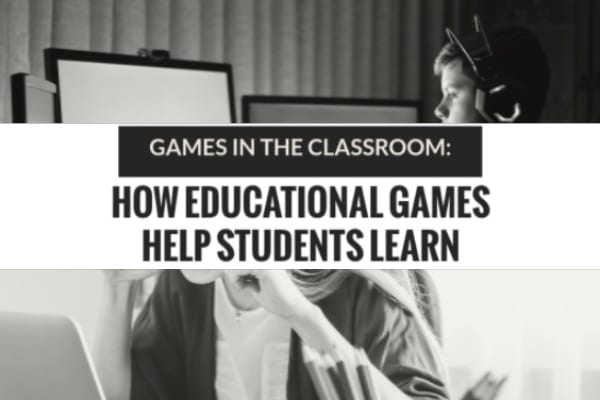
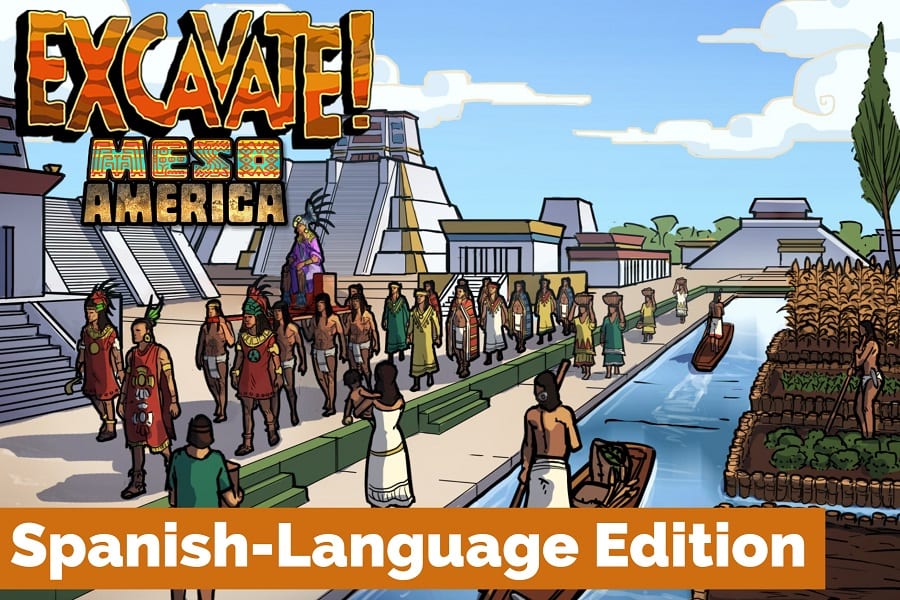
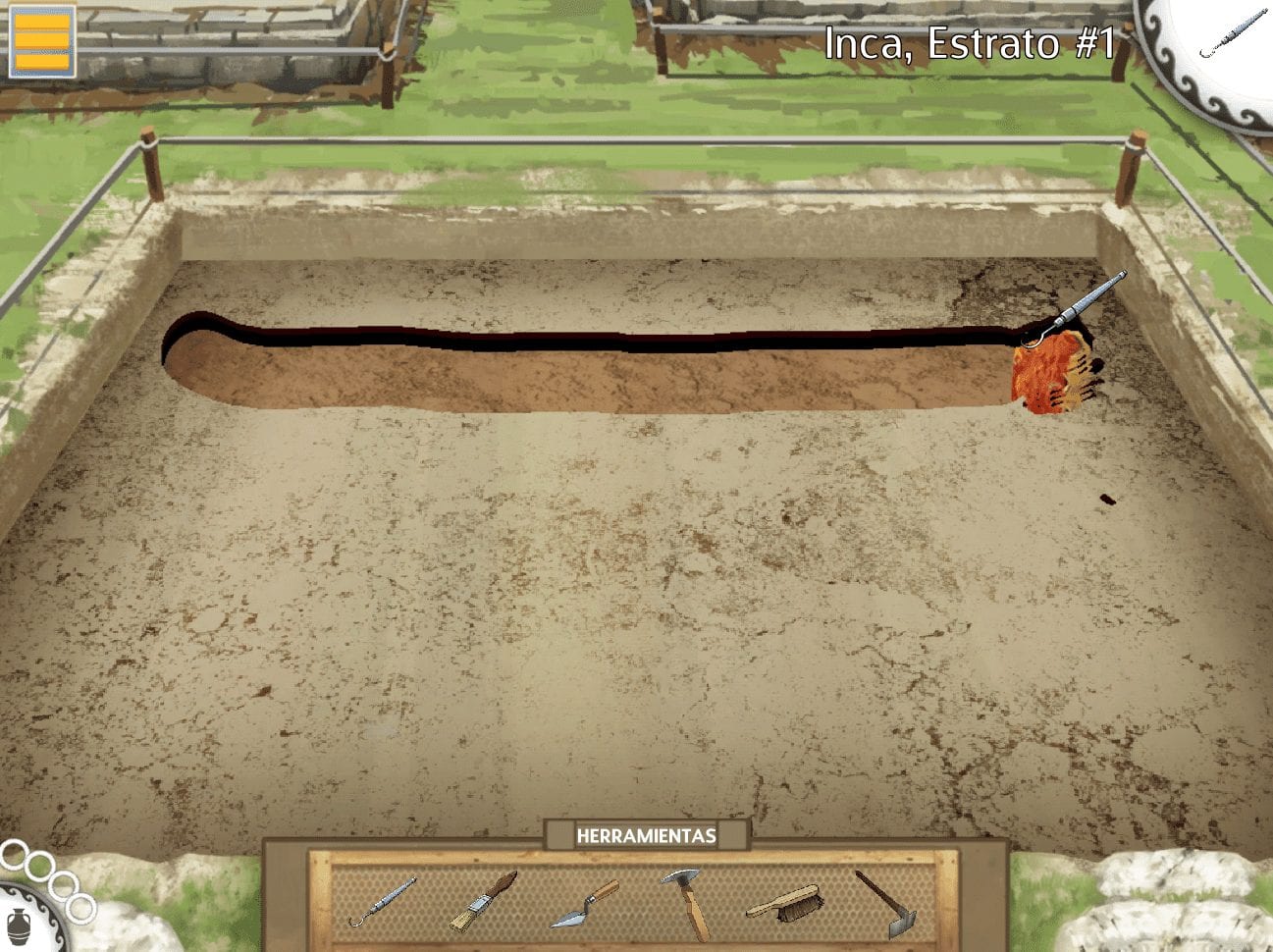
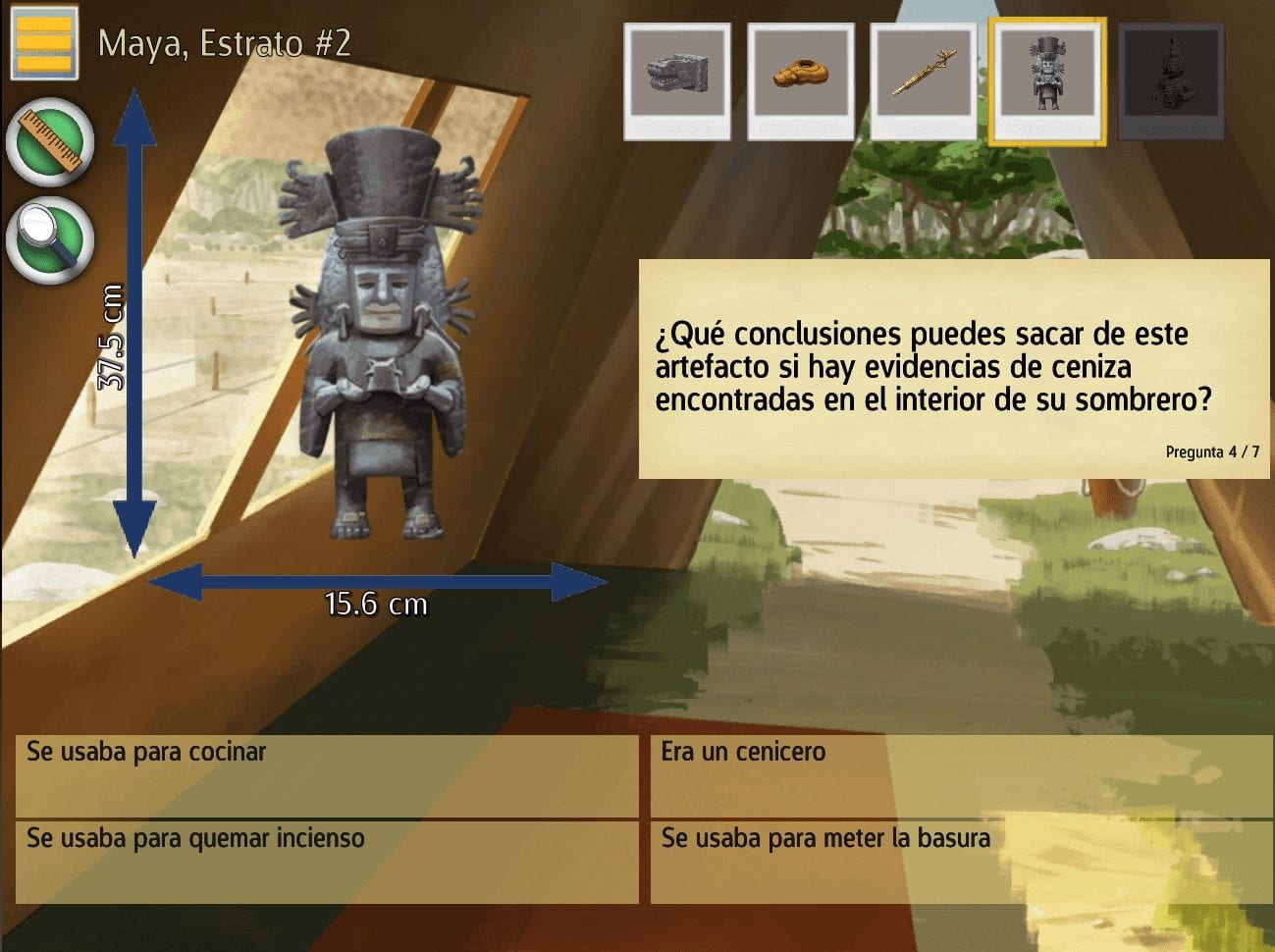
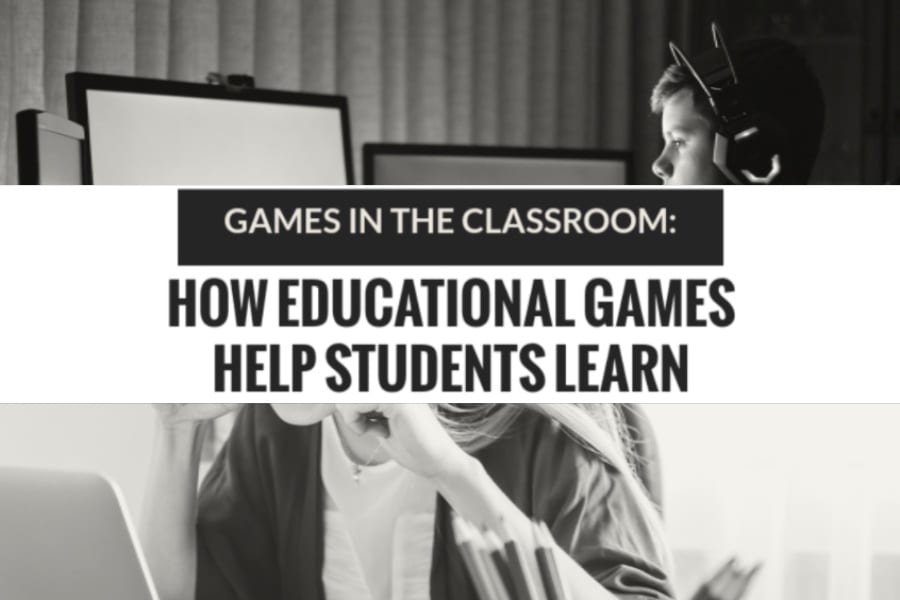
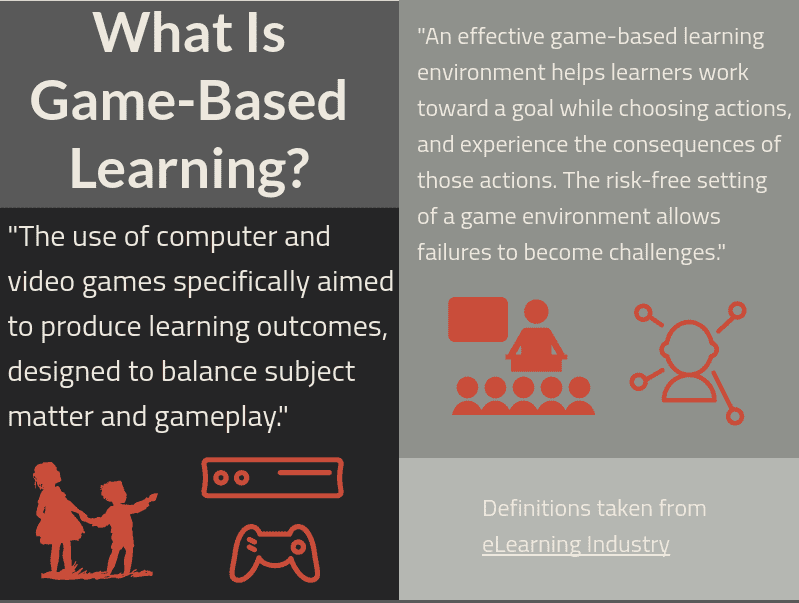




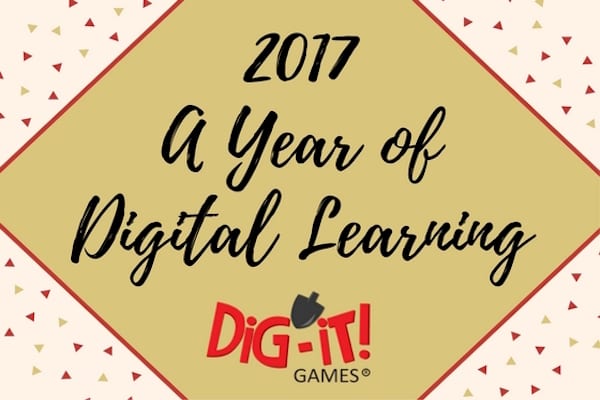
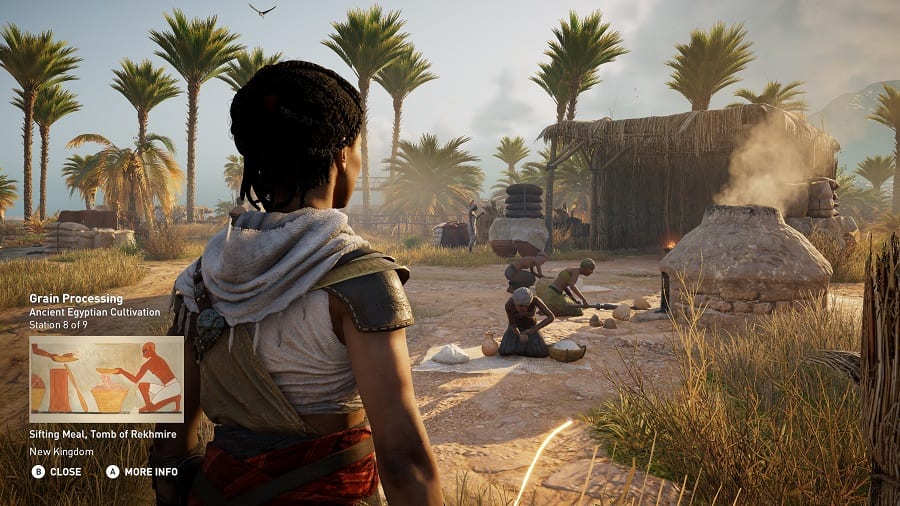 Ubisoft
Ubisoft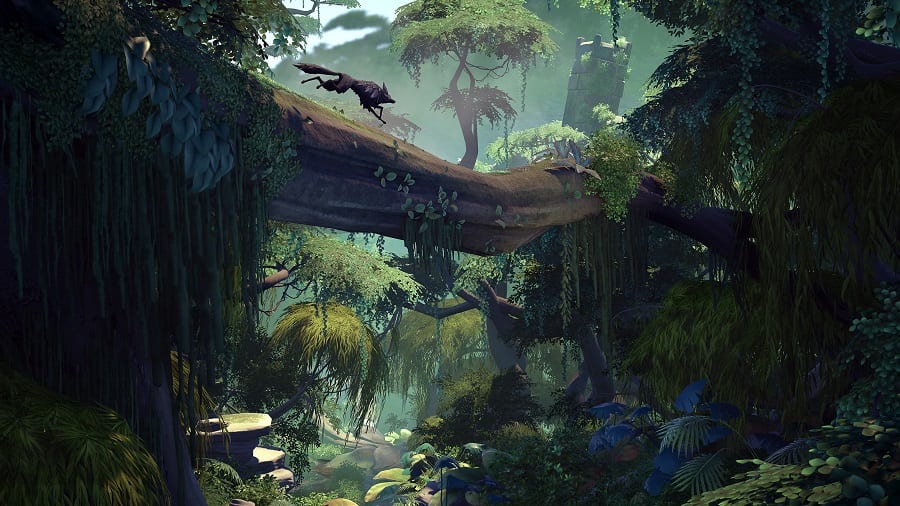 Mooneye Studios
Mooneye Studios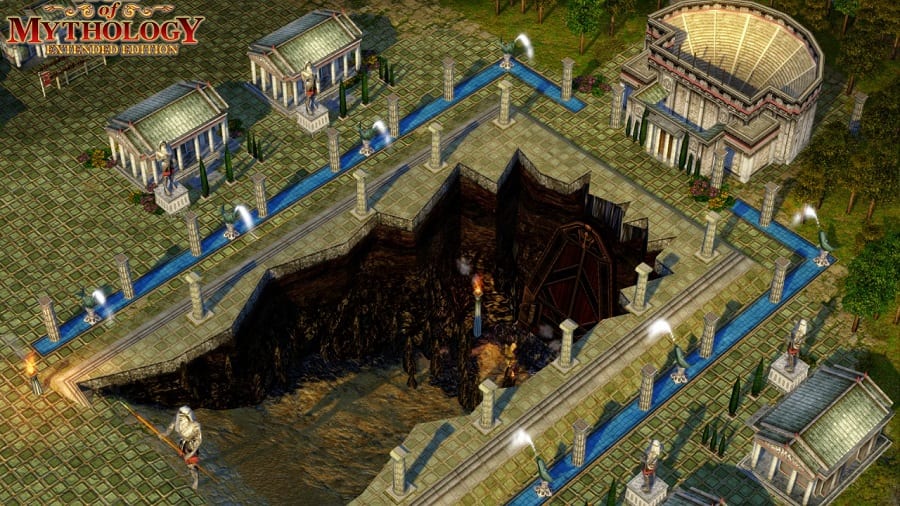 Microsoft Studios
Microsoft Studios


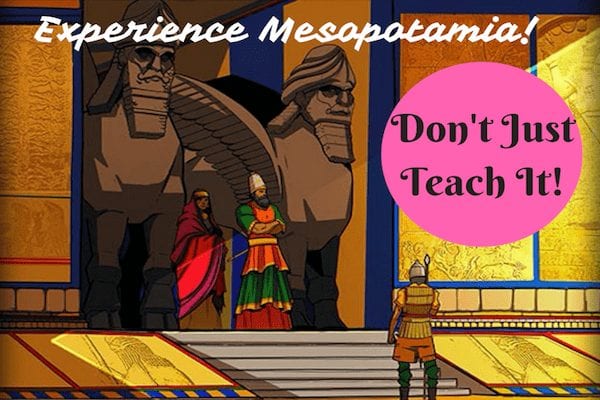
 Growing up I was always pushed towards the math and sciences because I naturally good at them, but my heart always called to more creative pursuits. My mother gave me the wise advice that “If you do what you love for work, it’ll become your work and not what you love.” With that in mind, I applied to engineering programs across the east coast, before coming across a school that featured a Game Design and Development major. Although heavily computer science based, the major also taught design, animation, 3D modeling, audio, and narration. Instantly, I knew it was a perfect match: a field both technical and creative.
Growing up I was always pushed towards the math and sciences because I naturally good at them, but my heart always called to more creative pursuits. My mother gave me the wise advice that “If you do what you love for work, it’ll become your work and not what you love.” With that in mind, I applied to engineering programs across the east coast, before coming across a school that featured a Game Design and Development major. Although heavily computer science based, the major also taught design, animation, 3D modeling, audio, and narration. Instantly, I knew it was a perfect match: a field both technical and creative. I started learning to code in C# when I was 44 years old. While I learned some BASIC coding in high school, I found the whole process stupid and boring. While I knew that the Atari games I loved were created by programming, I couldn’t connect to it. My 17-year-old self wanted to solve important, complicated problems. Real, important problems that required creative thinking were problems like: What causes cancer? What makes us feel stressed out? How does stress affect our immune system? Could we optimize our immune system to fight cancer better? So I threw myself into biochemistry. I loved it. I worked every single day for 3 years. Then, for the next 7 years, I decided to always take a whole ½ a day off every weekend.
I started learning to code in C# when I was 44 years old. While I learned some BASIC coding in high school, I found the whole process stupid and boring. While I knew that the Atari games I loved were created by programming, I couldn’t connect to it. My 17-year-old self wanted to solve important, complicated problems. Real, important problems that required creative thinking were problems like: What causes cancer? What makes us feel stressed out? How does stress affect our immune system? Could we optimize our immune system to fight cancer better? So I threw myself into biochemistry. I loved it. I worked every single day for 3 years. Then, for the next 7 years, I decided to always take a whole ½ a day off every weekend.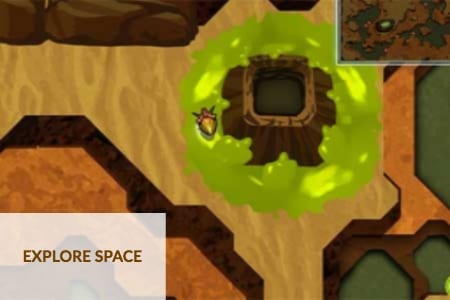
 Everything I know about entrepreneurship I learned from my mother. Ok, that may be a slight exaggeration, but the fact is, most of what I needed to know to found an educational gaming company I really did learn from my mother, without either of us truly intending it.
Everything I know about entrepreneurship I learned from my mother. Ok, that may be a slight exaggeration, but the fact is, most of what I needed to know to found an educational gaming company I really did learn from my mother, without either of us truly intending it.